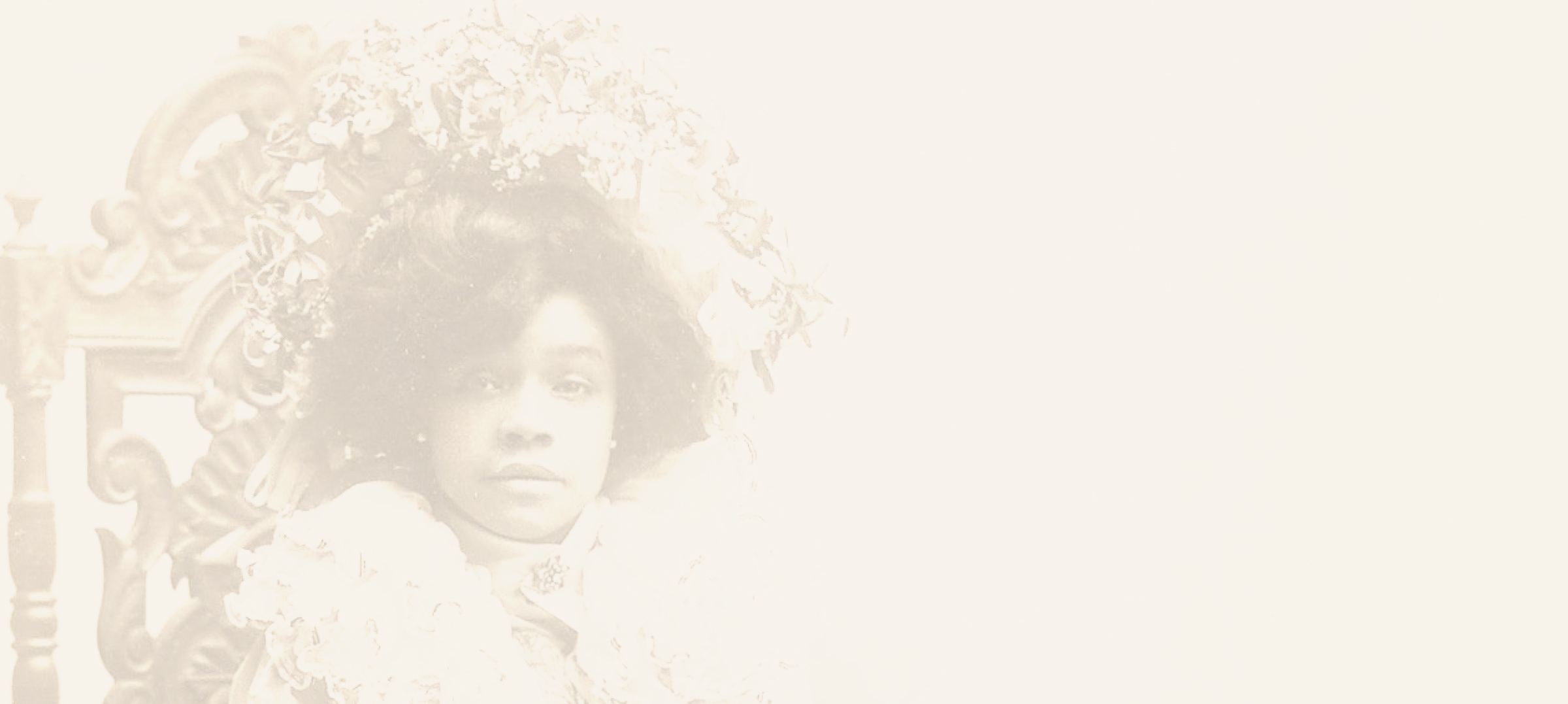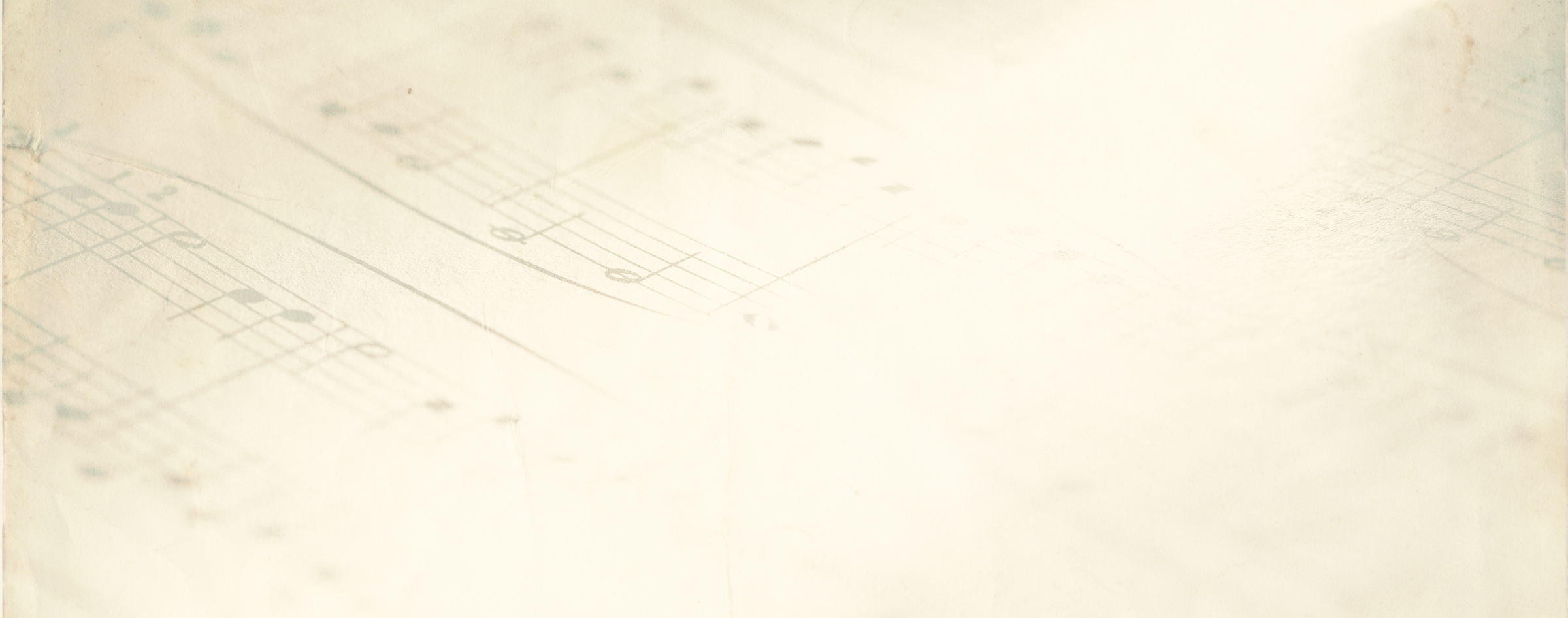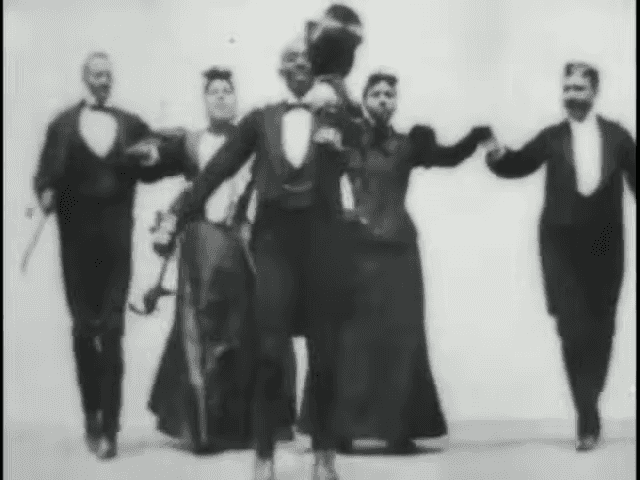
Chapter 3
Creating African American Culture
Noteworthy African American writers and composers emerged well before 1900. They presented unique perspectives on African American life in the United States and composed music with its own style and rhythm. Their books, poems, plays, and music attained wide popularity and their contributions added to American culture.
The Rise of African American Music
Fisk Jubilee Singers, 1872
African American music influenced nearly all aspects of the American musical landscape, transforming American music into a unique blend of traditions. Black performers offered their interpretations within a multitude of genres, from spirituals to classical compositions to popular music. The popularity of sheet music allowed broader access to these new renditions and allowed the contributions of Black artists to become widely known.

I venture to think and dare to state that our profession does more toward the alleviation of color prejudice than any other profession among colored people.
Aida Overton Walker, 1905

The Rise of Ragtime
Scott Joplin
First Edition of “Maple Leaf Rag”
A distinctly American musical genre of the early 20th century, ragtime fused the syncopated rhythms of African American music with the harmonies of European music, forming one of the first mainstream American musical styles.
One of America’s earliest forms of commercial music, ragtime’s popular appeal was considered “lowdown” and the music of the “Red Light District” in cities such as St. Louis and New Orleans. With the growing popularity of “Coon Songs” and “Cake Walk” dancing, ragtime relied on racial stereotyping as a creative tool and marketing device.
Featured Video
“Maple Leaf Rag” by Scott Joplin
Scott Joplin was an accomplished pianist and composer who wrote over 40 original ragtime compositions, including his singular piece, “Maple Leaf Rag.” Known as the King of Ragtime, Joplin also wrote two ballets and the opera Treemonisha.
Birth of the Blues
Ma Rainey and her band in Chicago
William Christopher Handy, the “Father of the Blues”
Blues is the most influential music of the 20th century. Characterized by improvisation and 12-bar chord progressions, it is central to the structure and sound of most American music. It is also the soundtrack of Jim Crow America. It narrates the vicissitudes of life and the expressions and experiences of African Americans living in the segregated, rural American South.
Blues songs became increasingly popular after 1900, as the music made its way into urban communities during the Great Migration. The blues combined different forms of Black music such as field hollers and gospel to develop a new genre of music that emphasized secular themes and expressions. The blues shaped the sound and content of American music.

Vaudeville
Bert Williams and George Walker
Aida Overton Walker
By the late 1890s, vaudeville—a variety show with music, novelty acts, sketches, and short plays—became a popular American entertainment format. It provided essential training and theatrical experience for many African American musicians and performers.
Most of the artists performed on the Theater Owners’ Booking Association (TOBA) circuit, a network of mostly white-owned theaters in Black parts of towns in the South, North, and Midwest. Black performers often faced difficulties, including poor treatment and not always getting paid.
Black vaudeville is credited with launching the careers of many singers, composers, instrumentalists, and jazz and blues musicians who went on to success in radio, recording, and musical theater.

Featured Video
The Cakewalk
The cakewalk was a popular style of dance that developed from prize walks and other dance contests held by African Americans before and after the Civil War. The cakewalk became a popular American dance and a fixture of minstrel shows in the late 19th and early 20th century.


